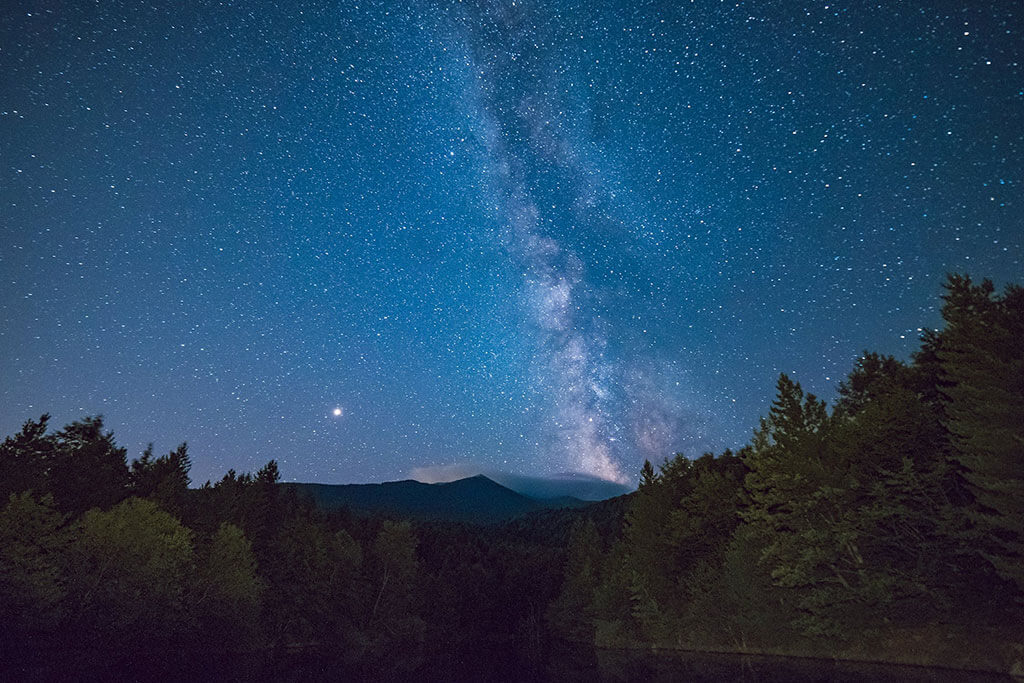
24
April
RASC Mississauga: The Stars of 1812
Speaker: Phil Mozel, Mississauga Centre RASC
The last two years have seen numerous celebrations to commemorate the bicentennial of the War of 1812. Many battles took place very close to the venue of Mississauga Centre meetings. Of possible interest to amateur astronomers is the state of astronomical knowledge at this time when war raged not only across parts of Canada and the United States but in Napoleonic Europe as well. As an amateur historian, Phil will also reveal, through his alter ego, his special connection to this period.

8
May
UofT Physics: 2015 H.L. Welsh Lectures in Physics
The Department of Physics invites faculty, students and the public to our 40th annual celebration of physics.
The Welsh Lectures in Physics have been held annually since 1975 in honour of H.L. Welsh, a distinguished former faculty member in the Physics Department. They are the major public event in the life of the Department of Physics and are intended to celebrate discoveries in physics and their wider impact. They are intended to be broadly accessible to an audience drawn from across the university, other academic institutions and the interested public.

1
May
UofT Planetarium: Dancing with the Stars: A Story of Gravity (SOLD OUT)
Showtimes: 7:00pm, 8:00pm, and 9:00pm
Gravity binds the universe together. From the hundreds of billions of stars dancing around our Milky Way galaxy, to the moons orbiting Jupiter, to satellites that circle overhead, gravity is present everywhere and shapes our existence. Join us for an evening exploring this wondrous force of nature.
Your show will be approximately 50 minutes long. All of our shows are presented live and in person by University of Toronto astronomers. Plenty of time is allocated for questions from the audience.

19
June
DRAA: Stargazing at Millennium Square, Pickering
Everyone is invited to join the DRAA for a fun evening of stargazing at Millennium Square in Pickering. You will enjoy spectacular views of the Moon, Venus, Jupiter, Saturn and deep space star clusters through big telescopes. The DRAA will have an information booth filled with astronomy literature and hand outs. Do you have a telescope but are not sure how to use it? Bring it along and DRAA members will be happy to help you!

30
March
Richview Library: The Science of Shakespeare
William Shakespeare lived at a remarkable time - a period we now recognize as the first phase of the Scientific Revolution. New ideas were explored, and medieval thinking was giving way to modern thought. In this talk, award-winning journalist and author of The Science of Shakespeare Dan Falk will explore Shakespeare's interest in the scientific discoveries of his time.

10
April
NASA Space Apps Challenge Toronto 2015
The weekend of April 10–12th, developers, makers, engineers and entrepreneurs will take on NASA-designed challenges, creating solutions that range from silly to serious, fantastical to feasible. Build a team, pick a challenge, and leverage your access to an extraordinary roster of mentors featuring past and present astronauts, aerospace engineers, and designers.

1
April
Bloor Hot Docs Cinema: The Last Man on the Moon
This is the story of Apollo astronaut Eugene Cernan, one of the few men who paved the perilous path to lunar exploration. One of only three men who travelled to the moon twice, his second trip in 1972 was NASA’s final lunar mission, making him the last man to ever set foot on the moon. Now, more than forty years later, he is ready to share his epic, deeply personal, story. It is a tale of burning ambition set against the spectacular and hazardous environment of space, and the heavy price of fame.

14
April
CITA Sackler Lecture: The Fastest Particles in the Universe
Ellen Zweibel, University of Wisconsin-Madison

24
April
Hot Docs Film Festival: Planetary
Witness Earth like never before. Through telescopic lenses positioned in deep space that are trained on the peaks of the Himalayas, the African savannas, the hyper-paced streets of Tokyo and the vastness of the cosmos themselves, this visually astonishing portrait of our planet is designed to humble the viewer. In an effort to grasp not only the fragility and beauty of this world, but the near-incalculable breadth of our impact on it, Planetary intellectually challenges us to reconsider our relationship with our home.

10
April
CSS Toronto: Yuri's Night Toronto 2015
The Toronto Chapter of the Canadian Space Society will be holding a Yuri’s Night networking event on Friday, April 10th starting at 6:30 pm. It will be held at the Fox & Fiddle - Yorkville at 280 Bloor Street West, Toronto.
It will be a fairly informal gathering with door prizes and there will be a chance for space groups to give a short blurb about their group and any upcoming events/projects. Come out, socialize over drinks and pub grub, renew old acquaintances, and make some new friends.
